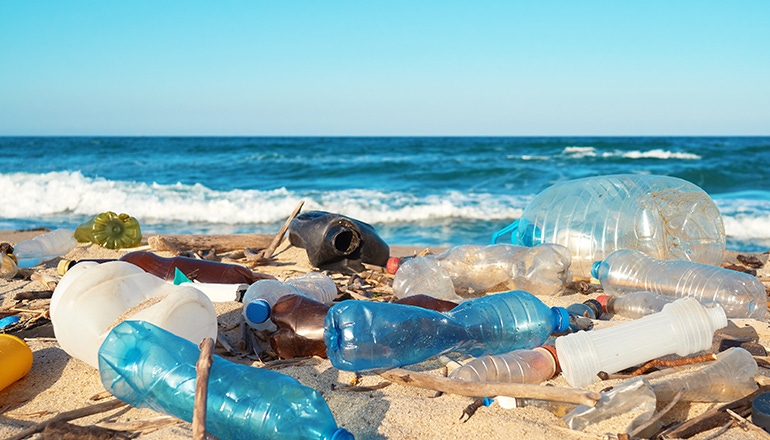The researchers’ mathematical models aim to predict how wind, current and buoyancy help determine the speed and direction of ocean trash.

Scientists at the University of Miami in Florida are creating mathematical models to predict how wind, current and buoyancy help determine the speed and direction of trash in the ocean. The models, which are being tested by buoys, aim to help predict where ocean trash, seaweed and other objects will drift over time, making cleanup efforts more efficient.
United Press International has more information:
Researchers in Florida have devised a new method to predict where ocean trash, seaweed or even wrecked ships and planes will drift, potentially boosting efforts to clean up huge ocean garbage patches twice the size of Texas.
Scientists at the University of Miami employed buoys to test new mathematical models for predicting how wind, current and buoyancy determine the speed and direction of objects in the ocean. The buoys moved almost exactly as predicted.
The new models could aid cleanup of trash like the Great Pacific garbage patch, an area of plastic trash accumulation that is more than 600,000 square miles. The research also might aid efforts to provide forecasts for seaweed pileups in tourism areas.
About the Author(s)
You May Also Like


